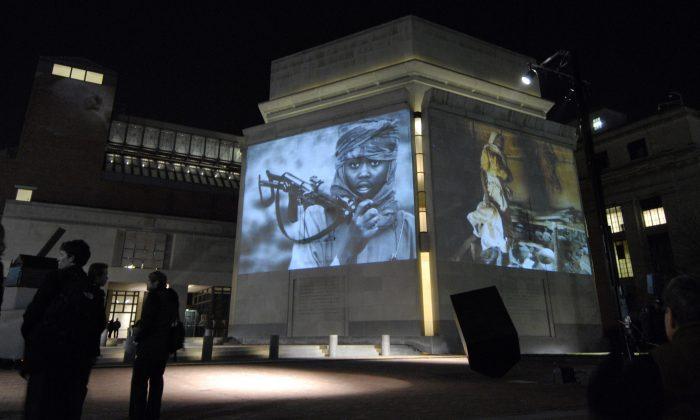CONCORD, N.H.— Can mass killings be predicted and prevented?
The United States Holocaust Memorial Museum in Washington, D.C., hopes its new online tool will do just that by making both sophisticated statistical analysis and feedback from experts publicly available for the first time. The goal is to produce early warnings that can help governments, policy makers, advocacy groups and scholars decide where to concentrate their efforts.
“From past genocides in Darfur, Bosnia, Rwanda and the Holocaust, we have learned what the clear early warning signs are that precede mass violence,” said Cameron Hudson, director of the museum’s Simon-Skjodt Center for the Prevention of Genocide. “Tracking those indicators in at-risk countries around the world will, for the first time, allow us to look over the horizon to implement smarter, cheaper and more effective polices that prevent mass violence.”
The Simon-Skjodt Center developed the Early Warning Project with the Dickey Center for International Understanding at Dartmouth College. Though the project is being formally announced Monday, developers have been testing it for two years and have identified a list of the countries most at risk of mass killings. Myanmar tops the list, followed by Nigeria, Sudan, Central African Republic and Egypt. Rounding out the top 10 are Congo-Kinshasa, Somalia, Pakistan, South Sudan and Afghanistan.
“Most of these countries as you go down the list have some form of civil conflict involving the government and some insurgent group or rebel group, often divided along ethnic lines, and there’s a risk of violence going in either direction, either the government killing civilians or the rebel group killing civilians,” said Benjamin Valentino, one of the project’s architects and a professor of government at Dartmouth.
While there are private government watch lists for mass atrocities, Valentino said, there have been few efforts to create a public system, and those that have tried mostly involved small groups of people making judgments about the world. He said the Early Warning Project is different because it is public and more systematic, combining both statistical risk assessment based on data sets that go back more than 50 years and an “opinion pool” that includes more than 100 experts in particular regions or subjects who will regularly weigh in.
“When we ask them to tell us which countries are at risk, we ask them to tell us exactly how at risk they are and for what kind of event, and that way we can know in the future whether their forecasts are right or wrong,” Valentino said.
“For me that’s one of the most important aspects of this project. I wouldn’t want to give anyone the impression that we’re never going to be wrong. I expect we will make mistakes,” he said. “We‘ll miss some countries where terrible things happen, and we’ll have some countries that are high on the list and nothing terrible will happen. But the advantage of this project is we'll know exactly why, and we can use that information to hold ourselves accountable and improve the system going forward.”






Friends Read Free